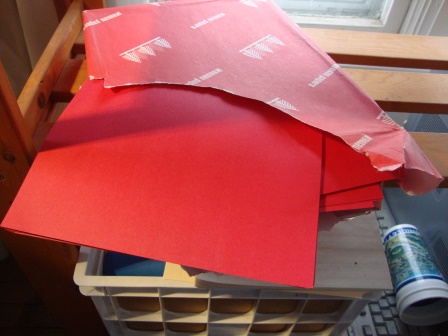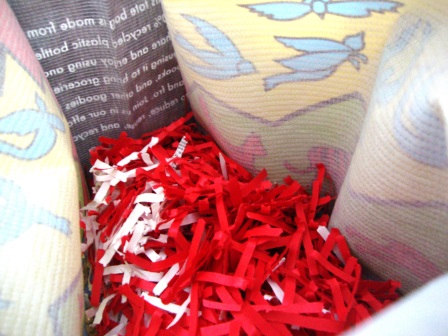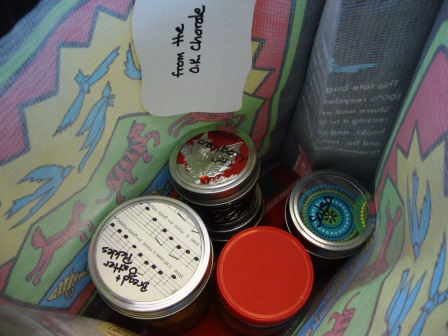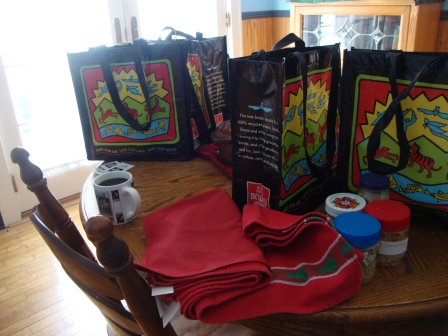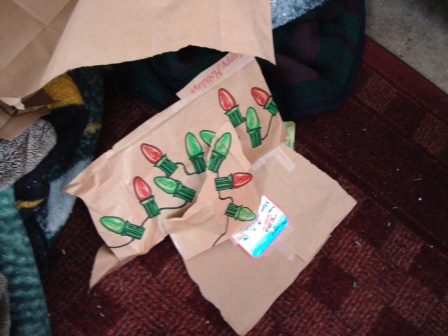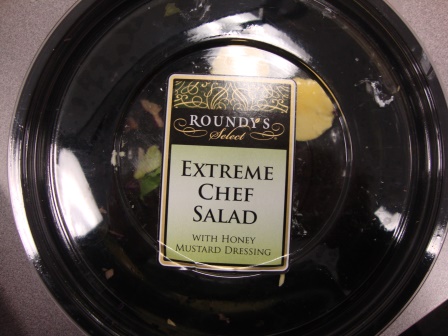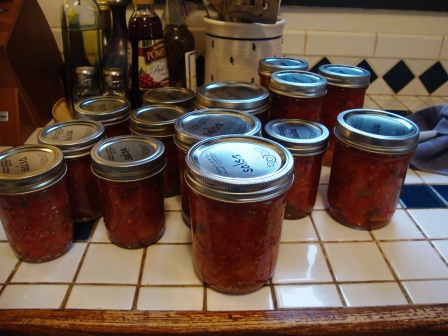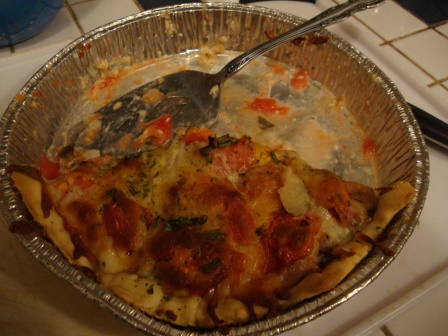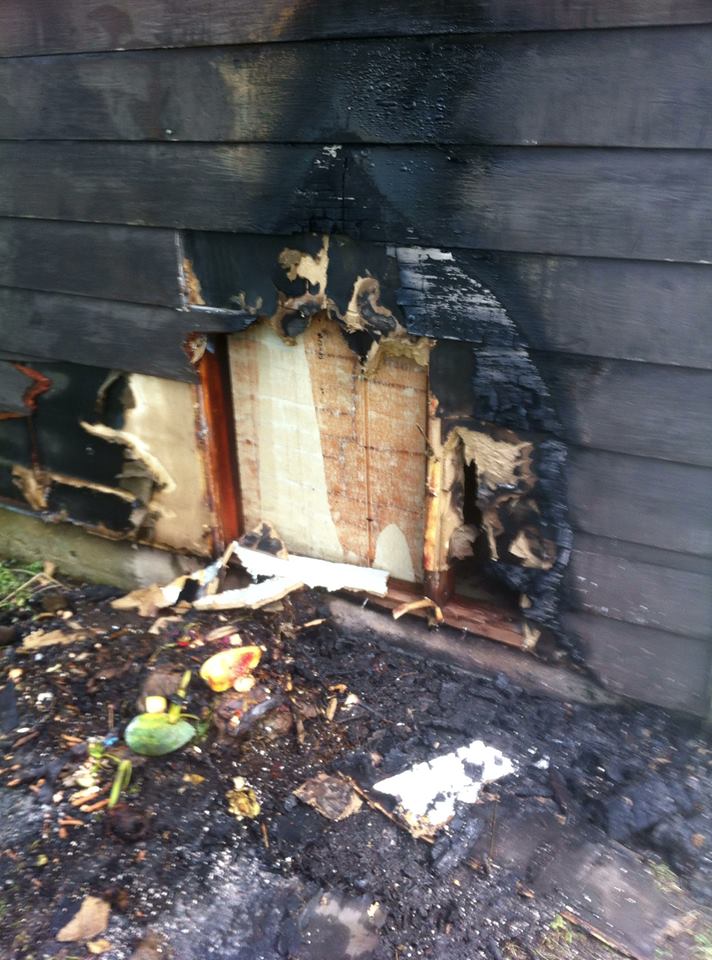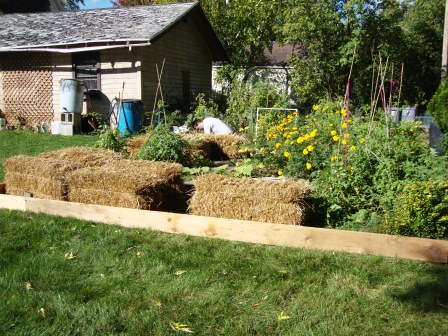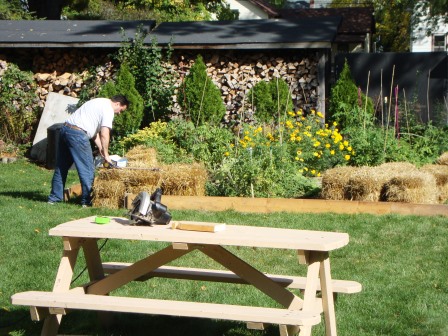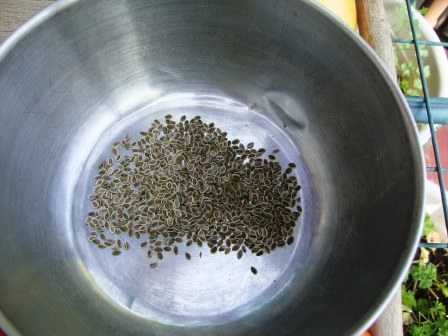It’s not surprising that my holiday posts have been few and far between as we juggled health and shopping and wrapping and this little thing called working for a living. Many years I’ve shared environmentally friendly methods of wrapping. Amigo tells me I’ve gone too far, La Petite thinks through her wrapping by saying, “What would mom do with this?” and Chuck reuses what he can from my stock in the basement. I was so exhausted this year that I almost resorted to buying wrapping paper – but I held out. I stuck to my convictions. and the pile under the tree still looked festive.
For example —
I’ve had this ream of red paper for years and year. The school project for which I bought it is long, long done and gone, so I sent a small stack through the shredder.
The shred covers and pads several jars. Let’s work backward to see the rest.
Under the shred, the jars of homemade goodies are decorated with tops from old cards. The old cards also function as tags.
The reusable bags are from Half Price Books. They’re made of recycled plastic water bottles, and they make great shopping bags for farmers’ markets and more. Each bag has a small cushion at the base: a holiday napkin purchased from a thrift store. It’s reusable, too. To the right of the napkins, you see reused containers that now hold an onion soup mix. Don’t buy the packages in the grocery store; use a few tablespoons of this instead.
When I forget my own bags (gasp) bring too few to fit the purchases, I know I’ll reuse the paper bags, especially if the store has a seasonal set. On this note, I’ll turn out the lights and take a nap. It’s been a long road and a lot of work, but it’s still a wonderful and green holiday for my family.

